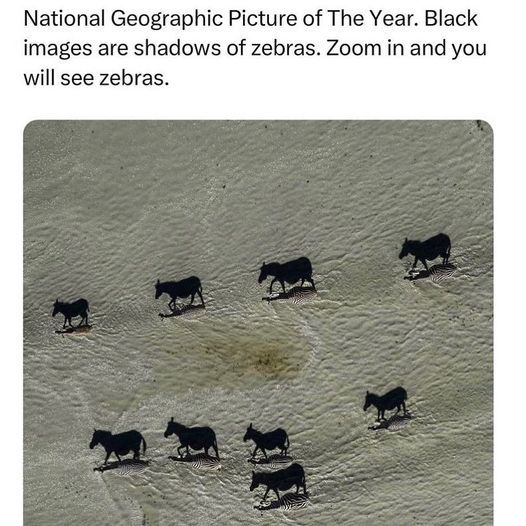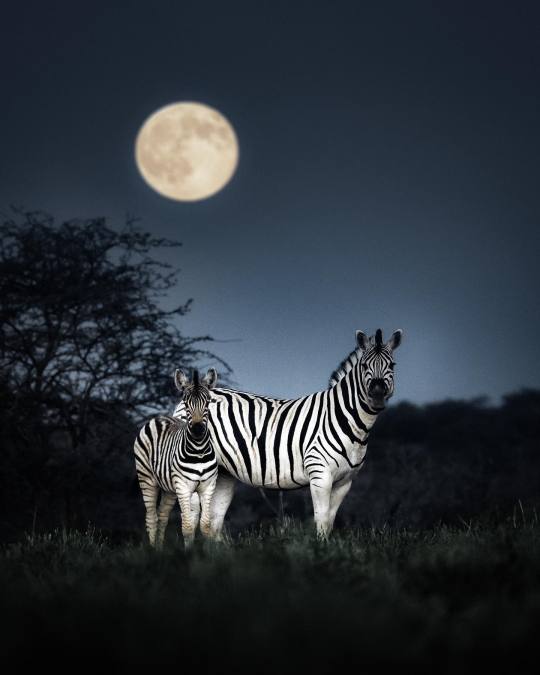#zebras
Explore tagged Tumblr posts
Text
"The project is aimed at rectifying a tragic mistake made over a hundred years ago through greed and short sightedness. It is hoped that if this revival is successful, in due course herds showing the phenotype of the original quagga will again roam the plains of the Karoo."

Taxidermy quagga at the Zoological Museum Amsterdam By: Unknown photographer From: Le Zebre 1913
252 notes
·
View notes
Text
For #InternationalZebraDay ����:

Norbertine von Bresslern-Roth (Austrian, 1891-1978) Zebras, 1927 Color linoleum cut, 200 x 255 mm
#animals in art#animal holiday#20th century art#european art#Norbertine von Bresslern-Roth#women artists#print#linocut#zebra#zebras#International Zebra Day#African animals#1920s#Austrian art
487 notes
·
View notes
Photo

~ Texture | Pattern | Design ~
2K notes
·
View notes
Text

Urs Eggenschwyler (Swiss, 1849-1923). Leopards Watching Zebras. Oil on canvas.
Bonhams
203 notes
·
View notes
Text

Scientists believe that zebra stripes deter insects. To test this theory, researchers painted black and white stripes on cows. Their experiment showed that this pattern reduced the number of biting flies landing on the cows by more than 50%.
326 notes
·
View notes
Text
165 notes
·
View notes
Text

102 notes
·
View notes
Text
"I'm used to functioning in pain, asshole. Are you?" — Violet Sorrengail, once again being a chronic illness queen & bringing it to a whole new light.
#Violet Sorrengail#Fourth Wing#Rebecca Yarros#mood#chronic pain#chronic illness#chronic illness quotes#zebras#Violet Sorrengail quote#Fourth Wing quote#Chapter 14#moments Violet Sorrengail practically lived in my head#representation#queen#I love her
102 notes
·
View notes
Photo

3K notes
·
View notes
Text

Noah's Ark
Artist: Edward Hicks (American, 1780 -1849)
Date: 1846
Medium: Oil on canvas
Collection: Philadelphia Museum of Art, Philadelphia Pennsylvania, United States
Description
The biblical story of Noah’s ark, depicted here, is found in the book of Genesis (6:9–9:28). To punish people for their wicked and violent ways, God decided to send heavy rains to earth for forty days and forty nights. First, however, he instructed Noah, a righteous man, to build an ark for his family and two of every kind of animal. After the rains stopped, a dove sent out by Noah returned to the ark with an olive branch, proof that the floodwater had receded and plants could grow again. Then God created a beautiful rainbow in the sky as a symbol of his promise to never destroy the earth again.
This painting by Edward Hicks shows a long, curving line of animals approaching Noah’s huge boat. Prancing horses and a serious-looking lion stare out at us, while pairs of elegant, black-and-white-striped zebras, giraffes, camels, tigers, and hippopotamuses stand patiently. In the distance, tiny black birds fly down from the dark, rain-filled clouds overhead.
Edward Hicks learned to paint decorative motifs when he was apprenticed to a coach maker at the age of thirteen. Later he became a successful sign painter and a devout Quaker preacher. Although his business conflicted with Quaker beliefs-that art is a distraction and a needless luxury-Hicks considered his art to be an expression of his faith and created paintings that told religious stories. This is the only painting he made of the story of Noah’s ark.
#edward hicks#american art#religious art#philadelphia museum of art#animals#horses#wildlife#ship#religion and spirituality#folk art#19th century art#storms#rain#sheep#christianity#zebras#lions#philadelphia artist
301 notes
·
View notes
Text

137 notes
·
View notes
Text
#InternationalZebraDay 🦓 :

Orovida Camille Pissarro (British, 1893–1968) Zebras Drinking, 1937 Tempera on canvas, H 74.2 x W 49 cm Manchester Art Gallery 1970.1 via Art UK
#animals in art#animal holiday#20th century art#european art#painting#tempera#zebra#Orovida Camille Pissarro#women artists#1930s#modern art#zebras#International Zebra Day#Manchester Art Gallery#British art#Art UK
136 notes
·
View notes
Photo

~ Black and White ~
940 notes
·
View notes
Text

Happy Disability Pride Month!
The Disability Zebra for the Pride Animal series is finally here! (The series where I take requests and design animals based on flags) I designed this all the way back in March, and thanks to everyone's feedback, I was able to narrow it down! (Special thanks to @yomcloud for a lot of helpful notes :-]c) This will never be perfect, but I've gotten a lot of love and joy from myself and disabled friends seeing this little guy :-]
You can get this guy on Redbubble! For local conventions, I'll be selling this as stickers with the gray outline!
Fun Fact! Zebras are also used as a symbol to represent rare diseases! This is based on the quote "When you hear the sound of hooves, think horses, not zebras." In regards to what doctors should consider when diagnosing a patient. This ends up with many disabled people not getting the right diagnosis, being ignored, or their conditions not being researched enough. All this because something is considered "rare", when in fact people with these disabilities are still large in number, diagnosed or not- a lot of disabled people even feel that their diagnoses may even be more common than we think. Because of this, the animal has been embraced by what doctors may call "medical zebras", now being used to represent many different disabilities considered "rare" such as Ehler's Danlos Syndrome, CACP Syndrome, and many more!
If you are disabled or know someone who is disabled, this pride animal is for you! If you are or know someone who is considered a "medical zebra", I hope this zebra brings you joy!
#Disability Pride#Disability Pride Month#Disability Pride Flag#Ehlers Danlos Syndrome#Disability Zebra#Zebras#Pride Animals#The knee braces are optional btw! If anyone wants to draw this guy#ebonytailsart#Added the EDS tag because majority of our friends have it <3 and our partner suggested it#I do not have it but I am hypermobile and a cane user hashtag WIN#BTW the alt text window is so much better post publishing than if you do it before publishing what the hell
226 notes
·
View notes
Text

" Namibian Moonrise.." //© Jason Charles Hill
#Namibia#summer#nature#landscape#wilderness#wildlife#Zebras#Moonrise#aesthetics#wanderlust#explore#follow#discover
720 notes
·
View notes